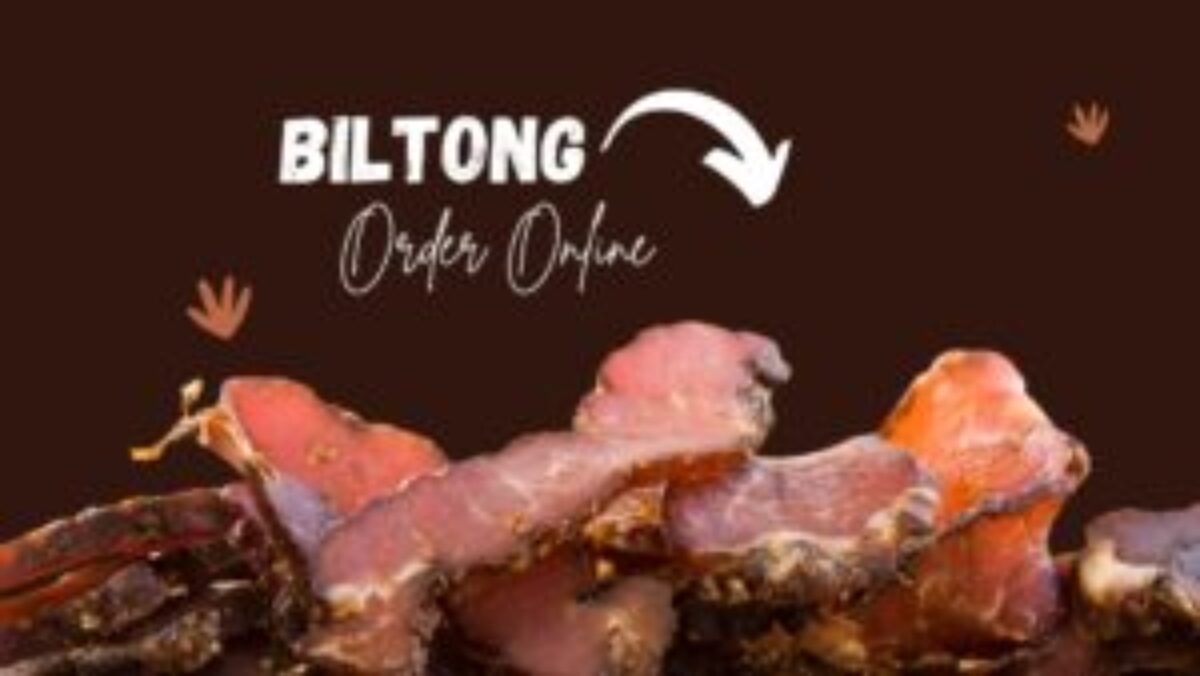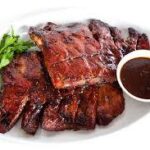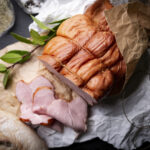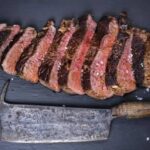
Choosing Meat For Biltong
The Dutch words “bil” (meaning “rump,” “buttock,” or “hindquarter”) and “tong” (meaning “strip” or “tongue”) are combined to form the Afrikaans word “biltong.” Hence, biltong is “lean meat that is salted and dried in strips,” as defined by the Oxford English Dictionary.
Biltong, however, is not simply meat strips. Its history is intertwined with our own, and it serves as an example of how we manage to persevere in the face of adversity. Here, we’ve covered the basics of picking out the right cut of meat for biltong. Mufasa Biltong is a trustworthy website to purchase biltong online.
How to Pick the Perfect Meat for Biltong?
Any kind of meat can be dried into biltong, although the outcome can vary greatly depending on what you decide to use. The meat used in the majority of biltong sold is typically beef. The demand for biltong produced from game meat, especially venison, is on the rise as well. Though The Biltong Merchant favours beef, pheasant makes excellent biltong because of its relatively rich bird meat.
In any case, historically speaking, biltong in southern Africa was prepared from a wide variety of animals found roaming the country’s vast plains and savannas. This cured, air-dried, protein-rich delicacy was made from a wide variety of game animals, including zebra, wildebeest, antelope, ostrich, and even elephant. The origins of biltong are discussed in further detail here.
These days, you can get just about anything you want in the way of beef. The vinegar and coriander of the original bushveld recipes appeal to purists’ traditional tastes, but there are other options for garlic fans, pepper addicts, those craving a spicy jolt, and jerky purists looking for something sweet. What’s the quickest and easiest approach to find out which one you prefer? Put them all to the test. How can you figure out which one you like best? Give them all a shot!
Making Biltong Requires Mostly Two Things
Meat Cut
Since biltong is produced from raw, unprocessed meat, it is essential that it be of the highest quality. Silverside and topside slices are used by the best biltong manufacturers because they tend to be the most sensitive. They have a healthy amount of intramuscular fat, or marbling, which is ideal. It’s favoured by some of us in large quantities. Yet another taste preference is for lean biltong.
The top biltong makers have a deep understanding of their product’s main ingredient. They have figured out the ideal slab thickness and drying period. Making biltong that appeals to the tastes of a wide variety of people is an art form in and of itself. Some people prefer it dry, when the flavour is stronger, and the texture is chewier. Some people like it really wet, like a lovely, rare steak, with lots of juicy fat for a mouth-watering experience.
The Mufasa Biltong has everything you could want; all you have to do is pick what you want at their website.
The Superiority of the Flesh
True, high-quality biltong starts with cattle that have been raised on grass and cared after properly. Our vendors take pride in the fact that they only use meat from humanely raised animals to make their products.
Biltong is a delightful and nutritious snack since it is made from premium cuts of beef that have been seasoned and air-dried. Since the meat has not been cooked, its beneficial nutrients, such as protein and vitamins, have been maintained in the curing process. Despite the fact that biltong has a high sticker price, many may not realise how much it is worth.
For example, 1 kilogramme of grass-fed beef yields only about 250 grams of biltong due to volume loss of about 75 percent during the drying process. Consequently, biltong is an excellent source of low-cost, highly nutritious, and minimally processed animal protein.
Is it Possible to Make Biltong from Meat that Has Been Frozen?
Biltong can be made from dry-aged beef that has been frozen once and then thawed. However, the texture and moisture content of the meat will change after being frozen and thawed several times, so the biltong you make will have a slightly different flavour.
It’s not a big deal if this doesn’t bother you, but you should probably stay away from it if you can. Freezing weakens the meat’s fibres (from the sharp water crystals) and makes it softer. Although this may seem like a good idea at first, it actually imparts a mushy taste to the meat that isn’t always complimentary to dried meat. Use a venison or wild game cut instead of beef if you have to use frozen meat.
Some Tips for Keeping Your Biltong Fresh and Safe to Eat
- Be sure to keep it dry
- Cold storage is recommended.
- Pack it in a vacuum bag.
- Separate the pieces or shuffle them every day.
Summing up,
In general, the round is the best cut of beef to use while making biltong, but other cuts can be used as well. Specifically, a top round roast is what you need.
Top round (“topside,” often called London Broil), eye of round, and bottom round are the three types of round cuts (“silverside”). The most tender is the top round, followed by the eye of round, and finally the bottom round. Most of the lean is found in the eye of the round, then the top round, and finally the bottom round. Biltong is commonly prepared from the bottom round.
It is easiest to cut roasts with the grain into long strips; therefore they are our top choice (especially if you get your meat pre-packaged rather than from a butcher). Unfortunately, most pre-packaged steaks are sliced against the grain, which is how the meat should be prepared. Steaks that are thicker can be used as long as they are sliced against the grain.







